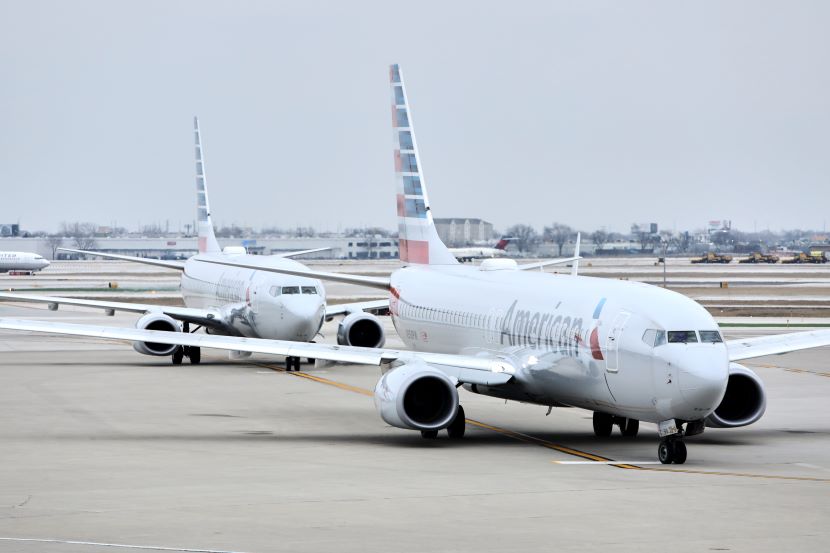Greece’s Limited Service Export Growth, Three Point Three Percent Share, Compared To Strong Performances From Germany, France, Netherlands, Luxembourg, Malta, And Estonia

Greece’s limited service export growth, which accounts for just a 3.3 percent share, stands in stark contrast to the strong performances seen in countries like Germany, France, the Netherlands, Luxembourg, and Estonia. Despite its notable tourism sector, Greece’s service export sector has struggled to keep pace with these European powerhouses, highlighting challenges in diversifying its economic offerings and leveraging international demand beyond traditional industries. This comparison underscores the need for Greece to enhance its service export strategies to compete more effectively within the EU market.
Greece’s position in the EU’s service export market to non-EU countries has been underwhelming, as it ranks last among EU member states, with only a modest 3.3 percent share, according to the most recent data from Eurostat. This relatively small share highlights Greece’s limited involvement in Europe’s expansive and rapidly growing service-export sector, especially as services like finance, digital technologies, business consulting, and logistics continue to thrive on a global scale.
While Greece’s economy remains highly reliant on traditional sectors such as tourism, shipping, and professional services, the country has yet to significantly extend its service exports beyond the European Union. The nation’s heavy reliance on its established service sectors such as tourism, which primarily serve the EU market, further limits its potential for service export growth to the rest of the world. In contrast, the broader EU service-export market has seen substantial growth, particularly in industries that are increasingly essential in the globalized economy, such as financial services, technology, and logistics.
In 2023, the European Union collectively exported an impressive €1.44 trillion ($1.67 trillion) worth of services to countries outside the EU, reinforcing the EU’s position as one of the world’s leading exporters of high-value, knowledge-based services. This data from Eurostat underscores the growing importance of service exports to the EU’s overall trade balance, providing vital contributions to the region’s economy. The EU’s service exports support millions of jobs across its member states and have become an increasingly important driver of economic growth, which contrasts sharply with Greece’s limited participation.
A deeper look into the Eurostat figures reveals that the largest service exporters in the EU are typically the region’s industrial and financial heavyweights. Countries such as Germany, France, and the Netherlands dominate the ranking of service exporters to non-EU countries. These nations’ strong performance in areas like business consulting, financial services, and digital technology is reflected in their leading positions in the global service export market. Germany, for instance, remains a key exporter of financial services and industrial consultancy, while France and the Netherlands excel in business and digital services.
Ireland and Luxembourg also perform well in the service export sector, largely due to the presence of foreign-controlled corporations that dominate sectors like finance, technology, and professional services. These countries’ service export capabilities are largely driven by multinational companies that set up their regional hubs in these nations, benefiting from favorable business climates, low corporate tax rates, and established international trade networks. As a result, these countries punch above their weight in service exports despite their relatively smaller economies.
In contrast to the strong performances of Western and Northern European countries, southern and eastern EU members, including Greece, tend to export a much smaller proportion of services to countries outside the EU. This reflects several structural challenges that these nations face, including limited industrial capacity, smaller-scale corporations, and less competitive digital infrastructures. Greece, for example, has seen a slow growth in sectors like information technology and financial services, which are pivotal for increasing service exports. While Greece has been proactive in promoting sectors like tourism and shipping, these industries are primarily EU-facing, with their global market reach remaining relatively small.
The service export sector is also increasingly digital, and countries with well-developed digital infrastructures are better positioned to take advantage of global market opportunities. In recent years, several smaller EU countries have demonstrated how targeted innovation and digital policies can help them punch above their weight in service exports. Malta and Estonia, for instance, are notable examples of smaller EU member states that have managed to carve out a strong presence in global service markets, particularly in areas like financial services, information and communications technology (ICT), and digital platforms.
Malta, with its robust online gaming industry and well-developed financial services sector, has been particularly successful in leveraging its digital infrastructure to expand service exports, despite its small size. Similarly, Estonia has become a leader in digital innovation, offering a range of e-government services and attracting international business in the tech and digital sectors. Estonia’s success is largely attributed to its forward-thinking policies on digital infrastructure and its commitment to creating a digital-first economy.
Both countries show that even smaller EU nations can compete globally by focusing on niche sectors and fostering an environment that encourages innovation. Through targeted policy measures that focus on digital development, a skilled workforce, and investment in high-tech sectors, these countries have managed to significantly expand their service exports. Their success highlights the importance of strategic government intervention, investments in digital infrastructure, and a business-friendly environment as critical factors that enable smaller economies to thrive in the competitive global service market.
The success of countries like Malta and Estonia offers valuable lessons for other EU member states, including Greece. By adopting similar strategies and focusing on innovation in digital services and emerging industries, Greece could boost its share of the global service export market. However, to achieve this, Greece will need to overcome several barriers, including its reliance on traditional industries and its relatively underdeveloped digital economy. A concerted effort to modernize its service sectors, particularly in technology and finance, could unlock new export opportunities for Greece and help it capitalize on the growth of the global service economy.
Greece’s service export growth lags at just 3.3 percent, significantly behind stronger performances from Germany, France, the Netherlands, Luxembourg, and Estonia, due to its reliance on traditional industries and slower diversification efforts.
Ultimately, Greece’s limited participation in the global service export market can be attributed to a combination of structural and strategic challenges. However, with the right investments and policies, there is significant potential for Greece to improve its performance and expand its global service export footprint. By fostering innovation, upgrading digital infrastructure, and encouraging the growth of high-tech industries, Greece can tap into the growing demand for services and increase its competitiveness in the global market.
The post Greece’s Limited Service Export Growth, Three Point Three Percent Share, Compared To Strong Performances From Germany, France, Netherlands, Luxembourg, Malta, And Estonia appeared first on Travel And Tour World.
